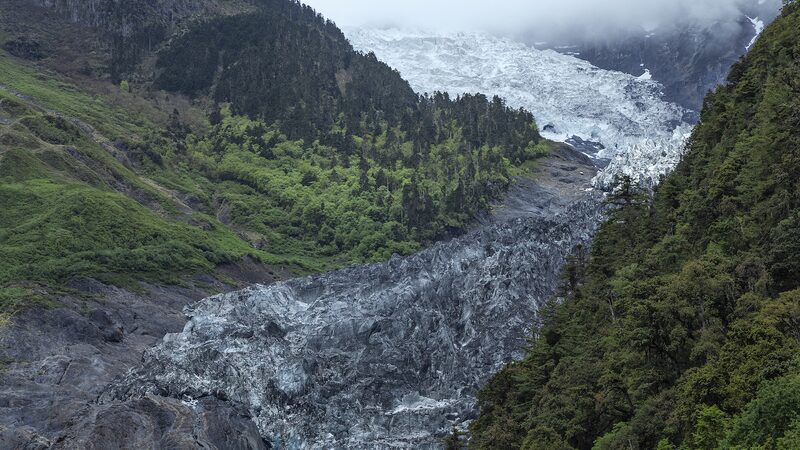Glaciers, often called Earth's "cold storage," are rapidly melting as global warming accelerates. With the 77th session of the United Nations General Assembly declaring 2025 the International Year of Glaciers' Preservation, the world is taking notice. Starting in 2025, March 21 will be celebrated annually as the World Day for Glaciers, shining a spotlight on these vital natural archives.
Researcher Wang Feiteng has spent over 20 years tracking glacier changes. His early expedition in 2005 to the No. 1 Glacier at the headwaters of the Urumqi River in the Xinjiang Uygur Autonomous Region revealed thick snowscapes. Today, that area shows a dramatic retreat, with the glacier receding by 5 to 8 meters each year, leaving behind exposed rock and glacial debris 🏔️.
Similarly, the No. 17 Glacier in Dagu, Sichuan Province, has shrunk from 0.05 square kilometers in 2020 to 0.03 square kilometers in 2024. Experts warn it may split into smaller fragments and even vanish by 2030, marking a significant loss of both ecological data and natural heritage.
Notably, around 80% of glaciers in the Chinese mainland are small (under one square kilometer) and highly sensitive to temperature changes. Recent findings from the Tianshan Glaciological Station indicate these tiny glaciers in the arid regions of the northwestern Chinese mainland are likely to disappear by mid-century. This poses serious risks to regional water supplies, ecosystem stability, and increases the chance of geological hazards.
This compelling account reminds us that glacier conservation is not just about preserving ice—it’s about safeguarding freshwater resources and maintaining a balanced climate for future generations. The call for global action is loud and clear 🌍❄️.
Reference(s):
Earth's 'cold storage': Glacier conservation and global action
cgtn.com



